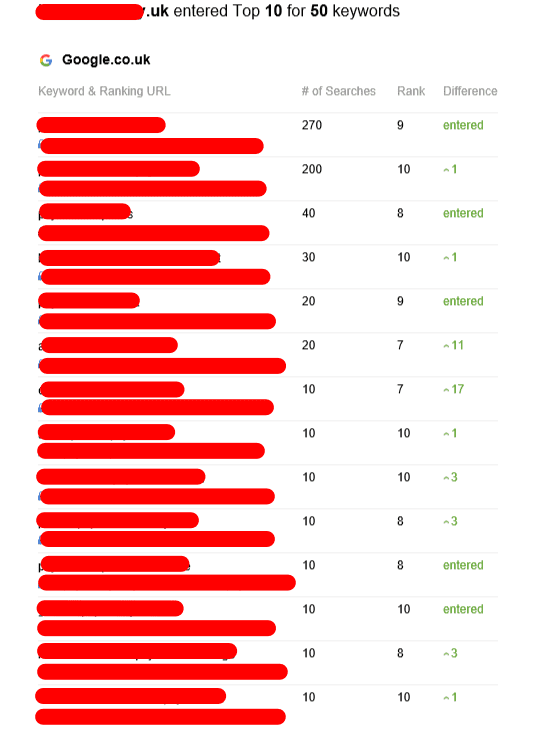Tiered Link Building - The Dangers of Black Hat Link Building
It is possible to increase your search engine rankings using an tier system of link building. It is important to remember that black-hat methods can be dangerous. Search engines such as Google have been slashing at these methods for a long time, thanks to their numerous updates.
Avoid black-hat techniques such as PBNs and blog comments. These are a waste of time and can result in penalties from Google.
First-tier links
This method of linking building involves placing links on sites that have an excellent Domain Authority (DA) and a large amount of visitors each month. This is a great way to make your website visible by search engine. It's not the ideal solution in every situation. It may result in a temporary boost in rankings, but it is still crucial to pay attention to the quality of your backlinks.
The main goal of first-tier links is to improve your backlink profile using several high-quality, natural looking links. This will allow you to get ranked for keywords that are relevant to your industry. This will also help you establish a a better website reputation which is essential for getting the most traffic from search engine results.
Although some black hats endorse it, it's still an unwise strategy. It's not compatible with Google's Webmaster guidelines and if the human reviewer spots it, they may issue a manual action that could significantly lower your rank.
To reduce the risk of this happening to avoid this, you must make your first-tier link appear as natural as they can. This means that they should provide value to the article within which they are embedded, and should not be obvious or unintentionally spammy. It is also a good idea to confirm whether the directory to which you're posting your first-tier links has been registered with Google. This can be done by entering the URL of the directory into a search engine such as Google and then observing how many search results appear.
Second-tier links
Tiered link building can be an excellent method to increase the power of your PBN, but it's not without risk. Google is securing hyperlinks that look fake and low-quality links that tiered linking builds on gets less effective as time goes by. This kind of link building could result in penalties for your website and even lower your ranking.
It is important to avoid a penalization by using white-hat techniques when creating your second-tier link. For instance, you should use high-quality content on websites that are relevant to your niche. These links will be more authority than forums or comments, and will be more likely to be clicked by users. You could also consider submitting articles to relevant directories. Another good option is to sign up with HARO, an email subscription service that sends you daily emails with the latest news and topics reporters are seeking to cover.
In addition to boosting the authority of your PBN secondary-tier links can also enhance the quality of your primary backlinks. Second-tier links based on websites with high domain authority will increase the authority of primary backlinks. It's best to mix second-tier standalone links with secondary links of second-tier used to complement primary links. This will increase the benefits.
Third-tier links
Tiered link development has become a well-known method to boost the authority of websites. It can be used to increase traffic, improve rankings, and increase revenue. This method involves constructing the backlink chain which slowly improves in quality. It also helps to bypass spam filters.
However the process of building tiers of links could be risky if it is not done correctly. Google could penalize your website if you use excessively many links that are low quality. Google's Webmaster Guidelines do not allow for tiered linking.

Tier 1 links are of the best quality. They must contain the keyword you're targeting and be relevant to your page's content. This will allow your website to be found for the search term you're aiming for, which will result in more visitors.
what is tier 2 link building? are a bit less important. They're usually links to directories, blogs Q&A websites, and social media profiles. Tier 3 links are usually somewhat more shady however they can bring value to your profile. These include links on forums, comment sections and bio profiles. Generally speaking, those who engage in tiered link building tend to throw quality, relevance and context out of the window at this stage. They use automated tools to create third-tier links, and connect them to low-authority websites.
Fourth-tier links
Tiered link building is a powerful method that can boost a website's organic ranking. It is only effective when it is used in conjunction with other white-hat SEO strategies. Google could penalize your website if you do not follow these guidelines. The reason for this is because tiered links are typically coupled with poor quality content, which Google considers as an attempt to manipulate the algorithm of its search engine.
Tiered links are also often linked to blogs and websites that are not of high quality. This means that they will be deemed useless as search engines start to deem them as spammy and unimportant. Moreover, these links can be located on low-quality social media profiles, web 2.0 platforms and other sites that are created by users. The quality of these backlinks can be low and they can be built using automated tools.
In addition to these issues in tiered link construction, it can result in an over-exaggerated profile of backlinks that can hurt a website's SEO. It is difficult to distinguish between high-quality links and low-quality hyperlinks. It can also be costly for a company to maintain many links. It is suggested to employ an approach to build links that is tiered in conjunction with an extensive content marketing campaign. This will ensure that your content is relevant to your audience and is more likely to bring traffic to your site.
